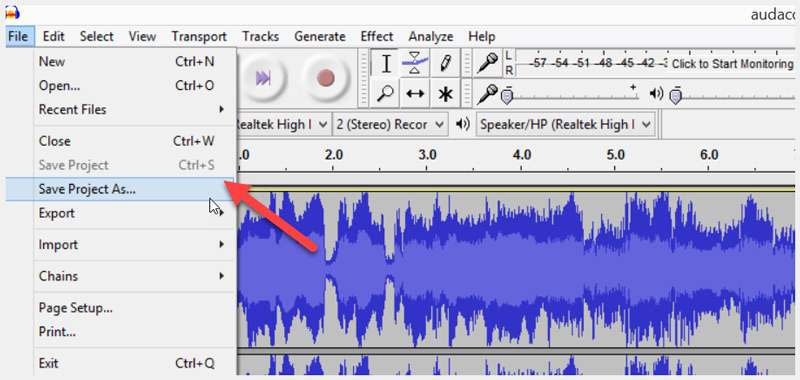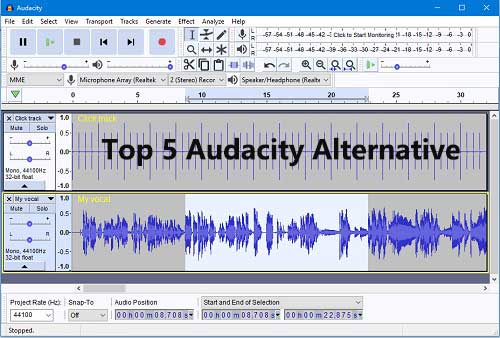

The Standard version supports up to 256 input and output channels, MIDI production and editing, and other advanced features. Whether you’re a singer-songwriter looking for a warm-sounding finish or a DJ looking to create a thumper to blow away the dance floor, Ableton’s audio production tools have your needs covered. We picked it as best for music production because it includes customized tools for creating new instrument sounds and loops and it works for live performance recording and studio creations. You can try it free for one month before committing.Ībleton Live is a standard for music creators and producers. If you are on a budget, consider the lower-cost (and lower-featured) Hindenburg Journalist app for $95. You can buy Hindenburg Journalist Pro for a one-time $375 payment or one of three subscription plans. In addition, you can record multiple tracks at once or import and merge files at will. Some standout features include the automatic leveling and “Magic Levels” tools that auto-fix mixing problems and balance your audio for a great listening experience. That makes it perfect for any podcaster or audio journalist. This app has too many features to list everything here, but it is made just for this type of show, with advanced tools to normalize and clean up spoken word interviews, multi-track editing, chapters, and more. If you want to create journalistic shows like those from NPR, Gimlet, and Serial, you should know about Hindenburg Journalist Pro. In addition, it helps us to simplify, normalize, compress, equalize, fade and wrap the audios.Hindenburg Journalist Pro wins as best for podcasts because it includes tools to quickly cut and re-arrange recordings into a narrative format. As an editor, it allows you to split, join, cut, mute and clean audio files. It also shows us shopping ads randomly when closing the program.


Regarding the interface, despite being visually beautiful, it has duplicate toolbars incense. It is also interesting to know that it can be used to extract all the contents of a CD to the computer. It stands out for having compatibility with more than 40 types of input format and more than 20 output formats, such as MP3, AAC, 3GP, WMV, WAV, etc., so at this point it offers greater compatibility than Audacity. Perhaps not as popular and recognized as Audacity, but WavePad is a powerful audio and instrument editor, through which we can make recordings or edit audio, voice and even other audio files. It can be downloaded from this link to its main website. Besides being not excessively complicated to use, it has functions that make it easier for us to mix recorded tracks. It does not require customization and has a preview window to see the results. Audacity has a user interface that, despite looking a bit outdated, is quite clean.


 0 kommentar(er)
0 kommentar(er)
